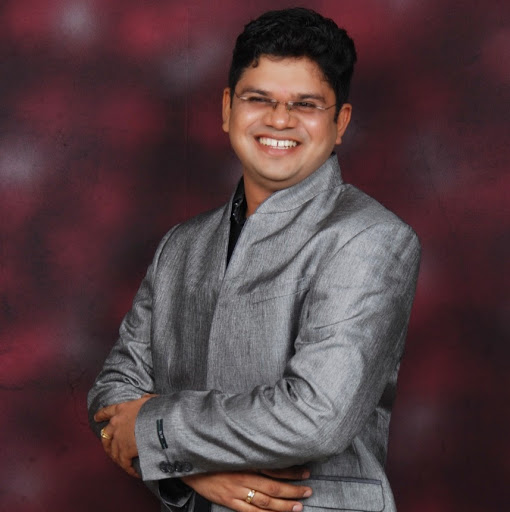www.drvaibhavshah.net
 |
| Dr Vaibhav Shah |
 |
| Dr Vaibhav Shah |
The Perfect Male Face That Women Love : Psychology:
Research
It is a safe bet that few women ever
wanted to mother Clint Eastwood. The steely, narrowed eyes. The rugged jawline.
The thin-lipped sneer. This is the face of a man to save the homestead from
marauding Indians, to stare down an outlaw in a saloon. But not to cuddle.
Now, take Paul McCartney--he of the
doe eyes, chipmunk cheeks and teddy bear chin. Ten thousand teeny-boppers can't
be wrong. The man is adorable.
The faces of Eastwood and McCartney
represent the two extremes in male facial types, each of which, psychologists
argue, elicits its own distinctive emotional reactions.
People with facial features
characteristic of infants bring out the
same feelings of nurturing and compassion that babies do. Men with mature,
masculine features, on the other hand, convey vigor and sexual power.
By doing following facial Cosmetic
Surgical Procedures man can get That looks. Dr Vaibhav Shah is known with
Facial Sculpting.
1.
Chin Impalnt.
2.
Nose Job.
3. Buccal Fat Remoavl.
4.
Double Chin Removal with
Platysma-Plasty.
5.
Cheek or Malar bone Imaplnts.
6.
Mandibular Angle Impalnts.
7.
Surgical Face Lift.
8.
Blepharoplasty.
9.
Skin Peel
Laser ResurfaCING.
Hair Transplant
www.vaibhavshahblog.blogspot.com.


